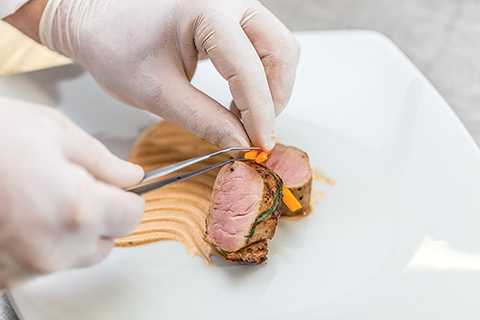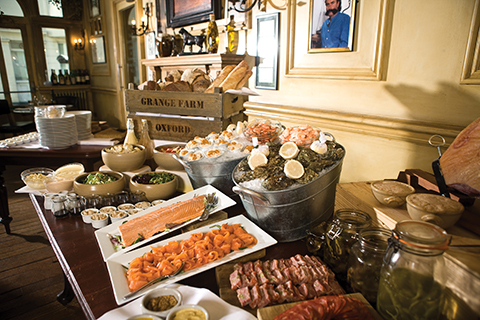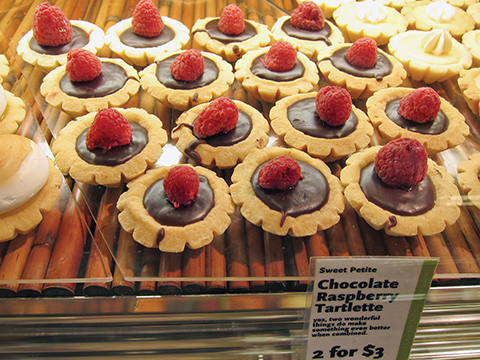A cafe that serves meals ala minute would usually mean cooking in single or small portions hence the frying pan is an indispensable tool for chefs. Are all pans designed to cook ever y kind of item? Of course there is no strict rule on which pan to cook which item as its up to a chef ’s comfort level. However, it is helpful to know the difference between the skillet and the saute pan as many people tend to use both terms interchangeably.
Both cooking vessels has its merits and is a matter of which suiting a particular purpose better and the chef ’s preference (budget too, in some cases) Having said that; you can use either one for all your cooking tasks as well.

SEASON BEFORE USE!
Seasoning isn’t just for food; your pans may require it before usage; depending on the material chosen. This is important as most surfaces of a cooking vessel come with a stick-resistant coating comprising polymerized fat and oil. Without seasoning before use, the pan could end up rusting faster and become harder to clean up as foods tend to stick on it. The usual practice in seasoning a pan are:

Cast iron: Pre-heat an oven to 400°F while you wash a pan in hot soapy water to remove the coating of wax or oil. Check if it needs and can be scrubbed with a stainless steel scrubber. Rinse pan and use a clean towel to dry before placing the pan in the oven to ensure it is completely dry. Apply a thin coat of vegetable shortening or oil inside and outside of the pan except the handle. Place a lined baking sheet on the oven’s bottom rack to catch the oil from the oven as the pan ‘bakes’ for 45 minutes – 1 hour. Remove pan and wipe dry with a clean cloth and allow to cool completely. A reminder – NEVER put cold water in a hot / warm cast iron pan as it causes it to crack or warp.
Carbon Steel: Use medium-high heat on the burner and put the pan on top. Watch it till there’s wisps of smoke star ting to rise from the pan and pan starts to change colour to a brownish hue. Remove and using a pair of tongs and clean rag, wipe some vegetable shortening or lard on the pan and place it back on the burner; using high heat to liquefy the fat. This exercise will be smoky so a kitchen should be well ventilated and do not forget thick oven mitts to handle the pan. Last but not least, remember that this material is not dishwasher and microwave oven safe.











